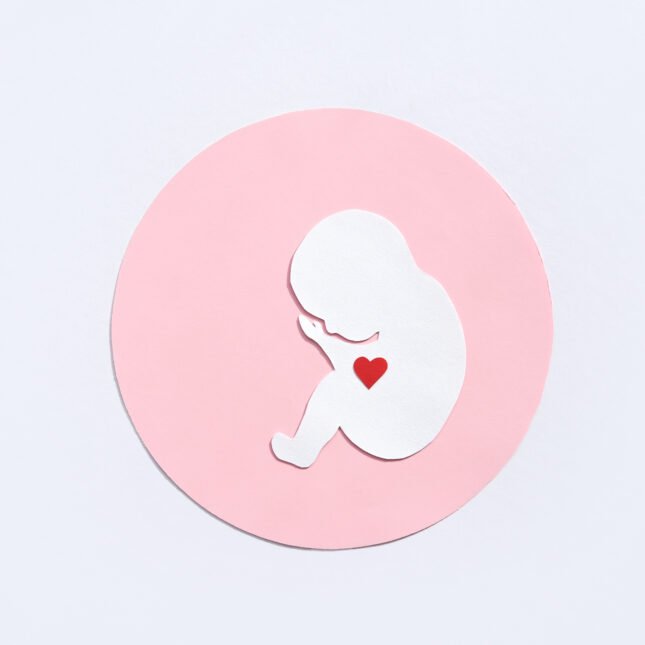Complete abortion – This course is designed to understand the care of pregnant women and newborn: antenatal, intra-natal and postnatal; breast feeding, family planning, newborn care and ethical issues, The aim of the course is to acquire knowledge and develop competencies regarding midwifery, complicated labour and newborn care including family planning.
Complete abortion
A complete abortion is one in which all the products of conception have been expelled.
or
A complete abortion means that the body has expelled all the products of pregnancy (blood, tissue, embryo) and there is no need for surgery (vacuum aspiration) afterwards.

Management of Complete Abortion:
A. Clinical features:
a. Symptoms: The patient gives a history of a variable period of amenorrhea followed by
- Lower abdominal pain
- Bleeding per vaginal with the passage of products (fleshy mass) followed by a decrease in the bleeding and pelvic pain.
- A vaginal discharge that usually subsides in a week
b. Signs:
- O/E: pain is absent and bleeding is slight, the cervix has closed again
- Signs of shock may present
- P/V examination:
✓ Bleeding is slight
✓ Cervix is soft, internal OS closed
✓ Uterus is smaller and bulky
B. Investigation: Ultrasonography to confirm the completeness of abortion
C. Treatment: Once the pain has ceased and the bleeding is minimal, no further treatment is generally needed.
a. Conservative treatment:
- Sedatives, haematinica
- Inj. TT or TIG
- Anti Dig in Rh (-ve) mother
b. Advice: Report at once if bleeding recurs, or if she develops fever

Difference between Complete and Incomplete Abortion:
| Points | Complete abortion | Incomplete abortion |
| 1. Definition |
|
|
| 2. Symptoms |
|
|
| 3. P/V examination |
|
|
| 4. Internal OS |
|
|
| 5. Ultra sonogram |
| Shows retained product of conception |
| 6. Treatment |
|
|

Read More…
